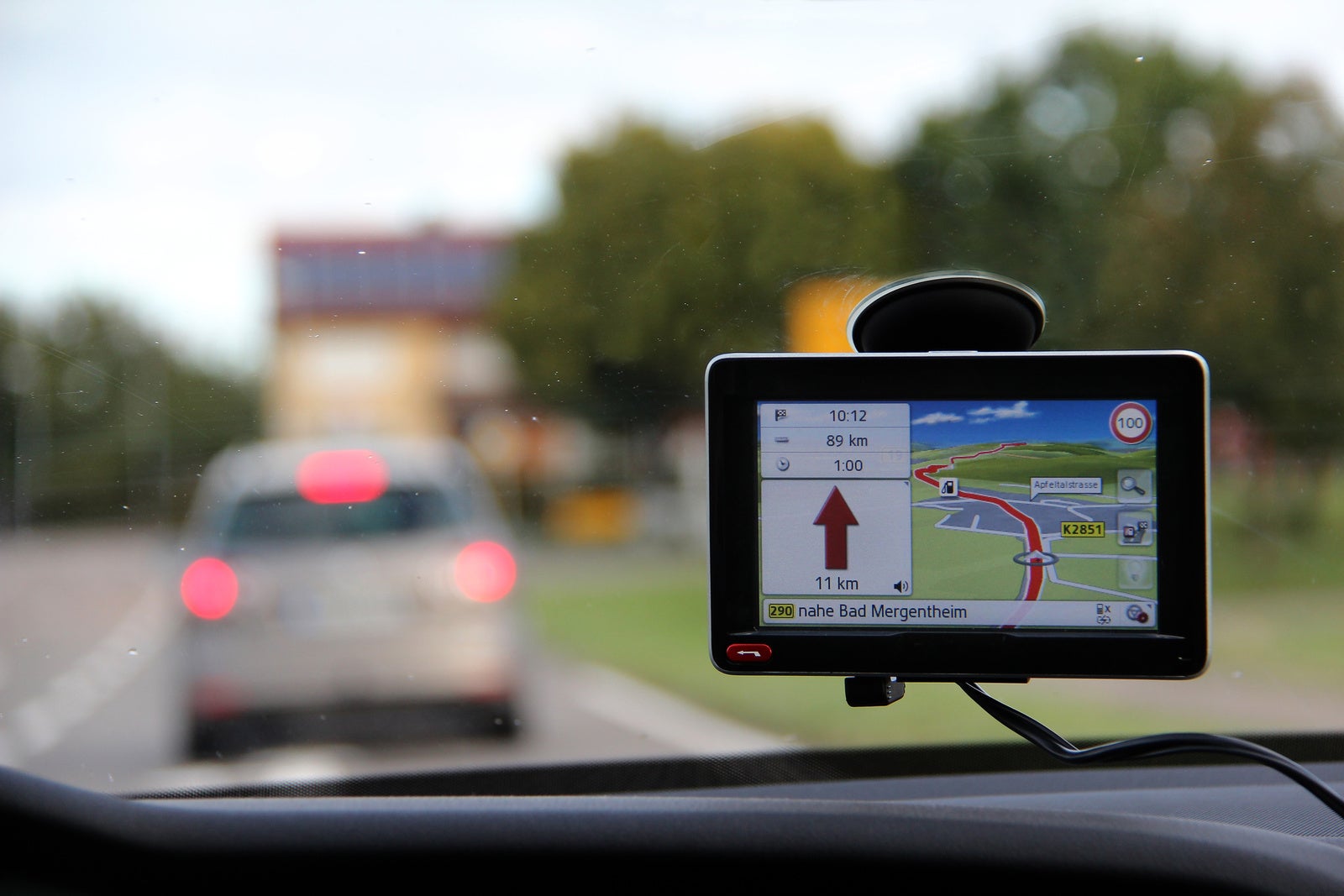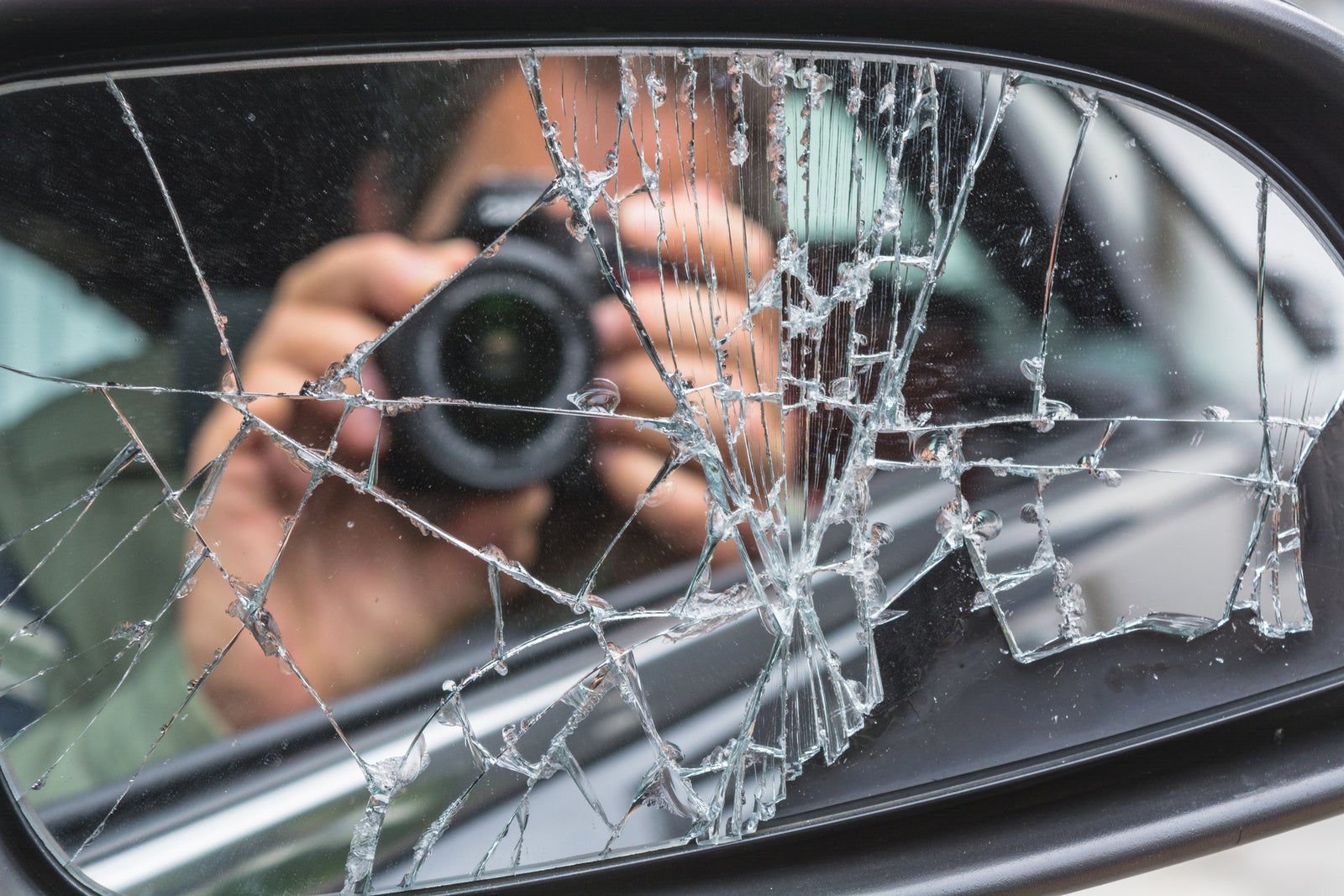Of all the stresses associated with planning a trip abroad, few have the potential to cause as much anxiety as organising a hire car. With these top tips, you can avoid constantly changing prices, long queues at the car hire company collection desks and possible ‘hidden extras’, and make sure you’re not sweating until you finally hit the beach.
It's important to note that things could change after Brexit. While the UK is no longer a member of the European Union, previous travel rules between the two continue to apply until the end of 2020. After that, there may well be new rules on travel to EU countries, which include popular holiday destinations like France, Spain and Italy, so make sure you check before you leave.
The coronavirus pandemic could also mean that processes change, and again, we'd advise double checking details before you travel to avoid unnecessary hassle.

Where to Start
Your choice of hire car is likely to be driven by both cost and the size of vehicle you require. To compare the former, you can either visit car rental company websites direct or go via a broker, which will present you with a range of options.
Either way, always compare like with like when looking at costs. This doesn’t extend to only the size and type of car, but also to extra costs for adding another driver, if you're a young driver or if you want to collect from and drop off at different locations, mileage allowances, and whether you are permitted to cross borders in the hire car. Other surcharges can include satnav or child seat hire.
We also recommend verifying the company has its rental desk and cars on site at the airport, rather than off-site via a bus ride. And make sure the check-in desks will be open at the times you will be collecting and returning the car.
Focus on firms with good online reviews to help narrow your search, and bear in mind that the make and model of car you see on a website is unlikely to be the one you will be given at the airport. To get around this firms generally use an ‘or similar’ clause, but some may upgrade you free of charge if the type of car you book is unavailable at the time of collection.
When to Book
Generally speaking, booking at least three months in advance will give you access to the cheapest rates, while leaving things until the last minute can see you paying way over the odds. However, it’s still worth trying to find a firm that allows free cancellation up to 48 hours before travelling, as this gives you the chance to take advantage of any last-minute deals that might arise.

Paperwork
When you pick up your hire car, you’ll need the booking confirmation, your passport, driving licence, and a payment card. Even if you’ve paid up-front, the firm will want to swipe your card at the pick-up location to pre-authorise any payments related to insurance or fuel disputes. We recommend using a credit card, as they typically give you more protection than a debit card would.
It is also worth printing the paper counterpart of your driving licence from the DVLA website in case you’re asked for it. To do this, you'll need your driving licence number, National Insurance number and home postcode. Depending on where you're visiting, you may also need an International Driving Permit (IDP), which you'll have to buy before you travel.
Insurance
When you book a hire car, insurance will be included in the form of a Collision Damage Waiver (CDW). However, cover is often limited (for example, it might exclude damage to tyres and windscreens), and there will be a hefty excess of as much as £2,000 to pay in the event of any damage.
To mitigate this you will be offered a Super Damage Collision Waiver (SCDW), which will reduce the excess to a much lower figure or possibly even zero. With prices starting at about £10 per day, it might seem like reasonable value, but over a week or two, costs soon add up.
Alternatively, you can organise your own car hire excess insurance cover for any CDW excess via a third party ahead of your trip, which can give you peace of mind for a fraction of the price. In the event of any damage occurring, you pay the excess upfront and then apply to your third-party insurer for reimbursement.
You might also be offered insurance for your contents whilst in the car, as well as personal injury, but both of these are likely to already be covered under a typical travel insurance policy. Other options include breakdown cover.
Fuel
You expect your car hire firm to give you a car with a full tank of fuel, and the car hire firm expects you to return it with a full tank, too, so it is worth asking where the nearest petrol station is, as well as checking whether the car requires petrol or diesel.
Additionally, some companies now offer a ‘full to empty’ option, meaning you can pay for the tank of fuel up front and can thus return the car empty. However, while convenient, this isn’t a particularly cost-effective option, not only because you tend to pay an inflated price for the fuel in the first place, but also because getting the best value out of this scheme depends on running the tank almost completely dry, which isn’t particularly realistic.

Satnav and Child Seats
Most car rental firms will allow you to hire a satellite navigation device, but it’s likely to be an expensive way of doing things. Many modern cars now come with satnav systems already installed and, failing that, there are several smartphone apps that offer mapping, including some that can be used without a data connection.
It’s a similar situation when it comes to child seats. Combined with the fact you can’t guarantee a rental seat’s safety credentials, many people decide to take their own instead. Travelling with a car seat isn’t too difficult; some airlines allow this free of charge, while others will apply a small fee. Be sure to wrap the seat in bubble wrap to protect it from any knocks or scrapes in transit, ensure the straps are fastened so they don’t get caught in any conveyer belts, and consider buying a car seat travel bag or using some bin liners to keep it from getting grubby.

Take Photos
Before getting into the car, it is well worth taking a few photos, particularly of any damage to the exterior or interior, as well as the car’s mileage and fuel gauge. If you spot any damage not already marked on the paperwork, ask for a member of staff from the hire-car company to acknowledge the damage and sign to say as much. Pay particular attention to scuffed wheels, and take a photo of the spare wheel, too, ensuring it is in good condition.
Do the same when you return the car, and insist on being present when a member of the rental firm carries out its inspection. Also ask for a signed receipt saying there is nothing else to pay.
Disputes
It’s good practice to keep receipts for things such as toll roads, congestion charges, and fuel so that you can prove you have paid in the event that a fine is issued.
It’s worth keeping an eye on your credit-card statement in the weeks after handing back the car just to make sure no additional costs are deducted. If they are, ask for the relevant paperwork and, if you’re not happy, make a claim with both the hire car company and your credit card provider under section Section 75 of the Consumer Credit Act.
When hiring a car in Europe, try to use a firm that is a member of the European Car Rental Conciliation Service Scheme (ECRCS), which means it agrees to abide by any decisions reached by the ECRCS when settling a dispute. You might also find that the larger hire car firms will be more responsive in the event of a complaint, for they have a reputation to maintain.
